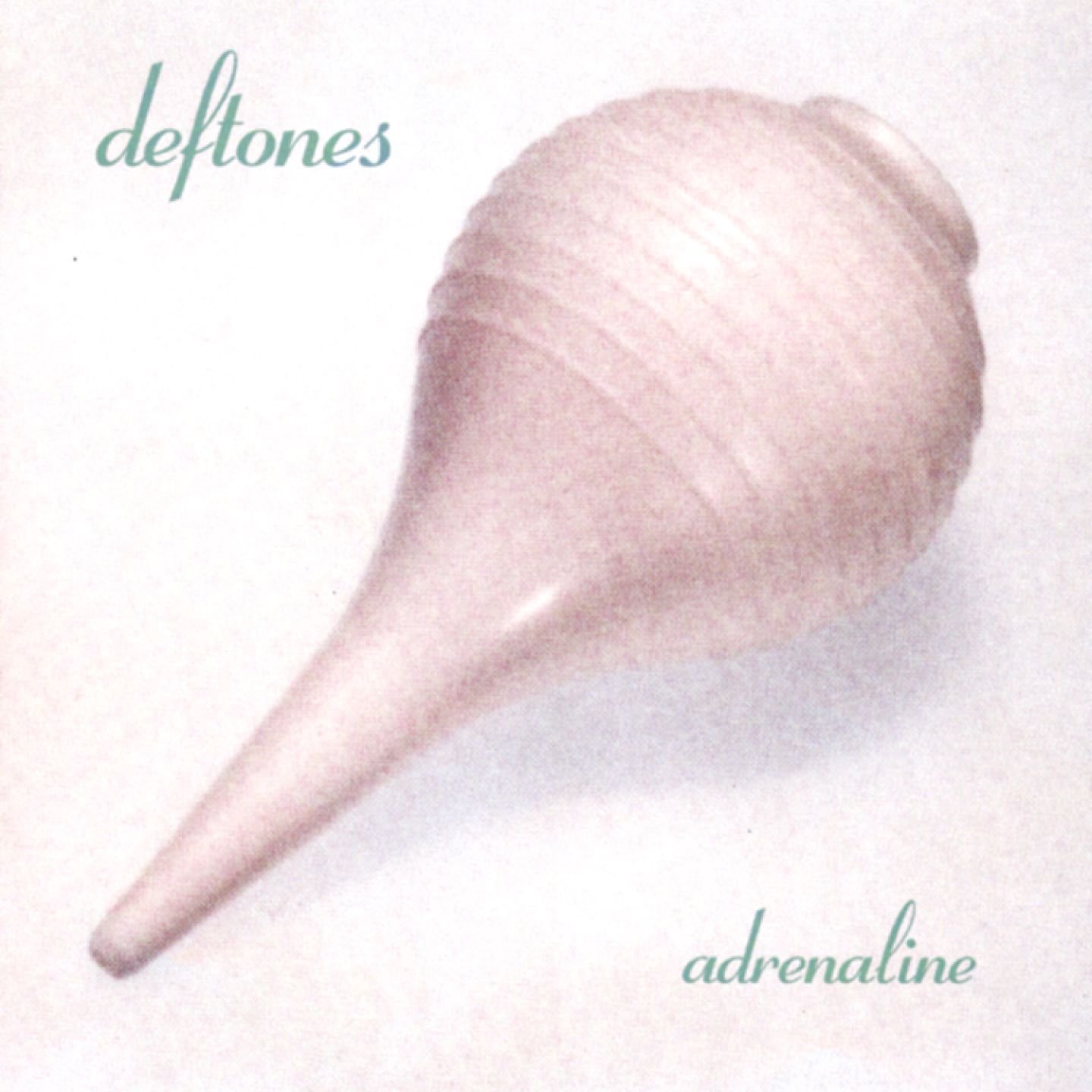Let's talk about nü-metal.
Kind of embarrassing, wasn't it? All that unprocessed aggression, all those intentionally misspelled sharp-letter band names, so much denim wasted on unnecessarily large JNCOs. We as a society rightly look back in shame; lifelong metal zealots like Stereogum managing editor Michael Nelson believe the nü-metal era almost destroyed the genre forever. And yet like any vulgar display of power, the whole phenomenon is undeniably impressive. How unlikely is this: Inspired by the likes of Beastie Boys and Rage Against The Machine and the Red Hot Chili Peppers, a generation raised on skate punk, gangster rap, hardcore, and other angry outsider genres created this violent, unrepentantly ugly hybrid music and took it so far into the mainstream that, by the turn of the millennium, its leading figures routinely matched up against Backstreet Boys and *NSync on MTV's fan-voted top 10 countdown Total Request Live. Nü-metal has become a punchline, but its cultural impact was no joke.
In 1995, it wasn't clear what this burgeoning movement would become. Nobody had heard of Fred Durst yet. The cartoonish extremes of Slipknot and Coal Chamber, the bro-friendly knuckle-dragging of Disturbed and Papa Roach, and the self-pitying anthems of Staind and Linkin Park were still a ways off. Acts like Korn seemed like just one more weird outgrowth of the Lollapalooza-era alt-metal scene, kindred spirits with the likes of Helmet, Downset, and Faith No More. Even Korn didn't realize how influential they were about to become, as drummer David Silveria told Rolling Stone: "I guess people say we invented this nu-metal sound or whatever. I never really thought of it like that. I just thought we were doing our thing." Yet by the end of the '90s, variations on the template they created were dominating modern rock radio, and with the exception of a respectable handful including Incubus and System Of A Down, most of them suuuuuuuucked.
Deftones definitely did not suck. They were right there with Korn at the genesis of nü-metal, but they shared neither the genre's highest glory nor its lowest shame. The Sacramento combo didn't battle Britney Spears for the hearts of America's teens on TRL, and they didn't have watershed moments like Limp Bizkit's Woodstock '99 shitshow. None of their songs ever matched the cultural saturation of "Nookie" or "Freak On A Leash" or "Last Resort" or "One Step Closer." But they built up enough a feverish fan base to headline arenas, and they maintained the most satisfying artistic evolution of any band from their scene. By the time they released their masterpiece White Pony in 2000, the music they were making barely even qualified as nü-metal anymore.
But Adrenaline, the debut album they released 20 years ago tomorrow, was totally nü-metal. It had gnarly detuned guitar riffs and chunky, dissonant chord progressions that swept listeners up in their churn like a deadly undertow. It had crisp hip-hop beats and harsh hardcore breakdowns. Chino Moreno's vocals surged from breathy whimpers and sing-rapping to piercing howls and shrieks to monstrous percussive gibberish on that Jonathan Davis onomatopoeia tip. Most of the songs had that I'm-about-to-break feeling, that frightening sonic violence that has retrospectively marked nü-metal as an outlet for misplaced male aggression. And like many of their peers, Deftones sometimes couched that uncontrollable rage in sophomoric lyrics like "Suck! Suck! Suck! Suck!" -- the kind of thing middle-school boys find irresistible. It was nü-metal through and through, and along with 1997 follow-up Around The Fur, it remains the strongest argument for its genre.
The shoegaze and new wave influences that would later become an integral part of Deftones' sound were beginning to creep into their music as early as Around The Fur, but Adrenaline sounds far more "damaged" than "art-damaged." It's Deftones at their most stripped-down and brutal -- raw, scraping music built for visceral impact in closely contained venues. And and its best, it feels like a fuse burning, burning, burning until a bomb goes off. I already mentioned the rap-rock pioneers and assorted skate-video music that informed this genre, but if the nü-metal crowd learned anything from the alt-rockers that spearheaded rock radio's previous sea change, it was the loud-quiet-loud dynamics Nirvana and their ilk stole from the Pixies. Deftones understood the power of a good climax, and they put climaxes to good use.
Yet even in its most primordial form, Deftones' sound had a bit of dark eyeshadow about it. In my experience, it was excellent music for getting psyched up at high school track meets, but a lot of it also worked for zoning out in the backseat on the way home. The creeping melancholy that later came to the forefront of their aesthetic was always there, lingering in the background, fueling the band's more explosive elements. Those qualities helped Deftones become one of the few bands of their ilk that I still enjoy today; Stereogum commenter inthedeadofknight explained it well in a comment thread earlier this week: "To my ears they’re extremely unique; the perfect blend of hard riffs that make me want to thrash around and sexy, ethereal ambiance that makes me want to dim the lights and float away."
That brilliant musical chemistry between Moreno, Stephen Carpenter, Abe Cunningham, and the late Chi Cheng was just beginning to bloom during the Adrenaline era. It is not their best album (White Pony or Around The Fur, depending on the day) or their most fiercely beloved (take your pick, apparently). It does not contain their most iconic song ("Be Quiet And Drive (Far Away)"). It's the Deftones album that most closely aligns them with one of rock's most disreputable eras, and it's not even that era's definitive document (Korn's self-titled debut). But unpleasant context aside, Adrenaline marks the start of one of rock's most underrated careers, and true to its title, it started Deftones off with a bang.
[videoembed size="full_width" alignment="center"][/videoembed]






